Creating Home for Your Family
By Erica White
It’s tempting to create a picture-perfect home, especially when there’s a lack of family friendly spaces being represented in magazines, social media, and tv. Sure, there’s a lot of influencers showing behind the scenes of real homes with dirty dishes, laundry piles, and toys on the floor. But there isn’t much for interior design being showcased with families in mind.
The key to creating spaces that work for your family and that feel like home is to consider the following: inclusion & function, growth & adaptation, as well as representation & memories.
INCLUSION & FUNCTION
How will family members use each space and what needs to be included so each family member can enjoy it?
Most spaces, with exceptions, should be designed to bring the family together. This may mean that breakable items are stored away or displayed in locations where they are not at risk of being damaged.
This doesn’t mean we can’t have nice things, we just need to be thoughtful in our design to account for the activities that will take place.
I would much rather enjoy the laughter of my children chasing each other over being able to house an expensive vase in the foyer. I’ll display that vase above my kitchen cabinets to keep it out of reach for now.

Our “formal” living room may not be overflowing with toys on the daily, but it’s a place where we cozy up to read stories together, play games (which are stored in the built ins), and the window seats double as a “calm down corner” with a basket of fidgets and loveys. I designed these window seats with the dream of someday having children who would use them for reading and play.
GROWTH & ADAPTATION
As your family grows and changes over the years, how can the space be easily adapted to fit your new needs? Even play spaces can be beautiful and easy to maintain when thoughtfully designed.

Every spring, I make changes to our combined family/playroom. As my children aged out of a simple basket of baby toys, I added cubby systems to store blocks, books, and other frequently used kids items. When toys are out of sight they don’t get played with, so these items are mostly stored in open front bins or baskets for easy access. The tile floor in this room was not toddler friendly, so one year I added a beautiful foam playmat. Originally it covered the whole floor to provide a safe place for toddlers to learn to walk. Over the years, I have gradually downsized it to give more floor space other needs.
REPRESENTATION & MEMORIES
How can each family member feel like they are a part of the home and how can you showcase family memories? A gallery wall is a wonderful way to display family memories in a curated way.
Children’s artwork can be rotated out in frames, hanging from a clip rail, or (if you’re lucky to have a magnetic model) on the refrigerator.

This gallery wall is a series of plaster art pieces we made last summer.
Another way to help your family feel connected to the spaces is to include them in decorating. The results might surprise you!

My daughters love to help decorate and often they place items in an unexpected arrangement that looks amazing! Check out this video on my Instagram account that shows off their fall decorating from last year: https://www.instagram.com/p/C_75BP2p-nn/.
When thoughtfully designed, your home can bring joy and connection to each member you the family.
*All photographs credit: Erica White



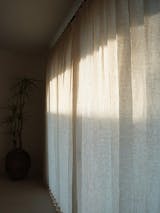


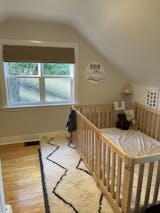

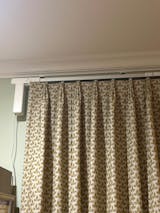
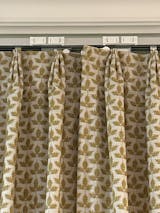
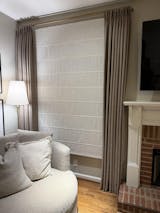

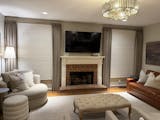



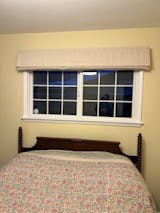
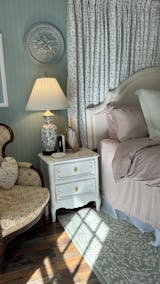
Leave a comment